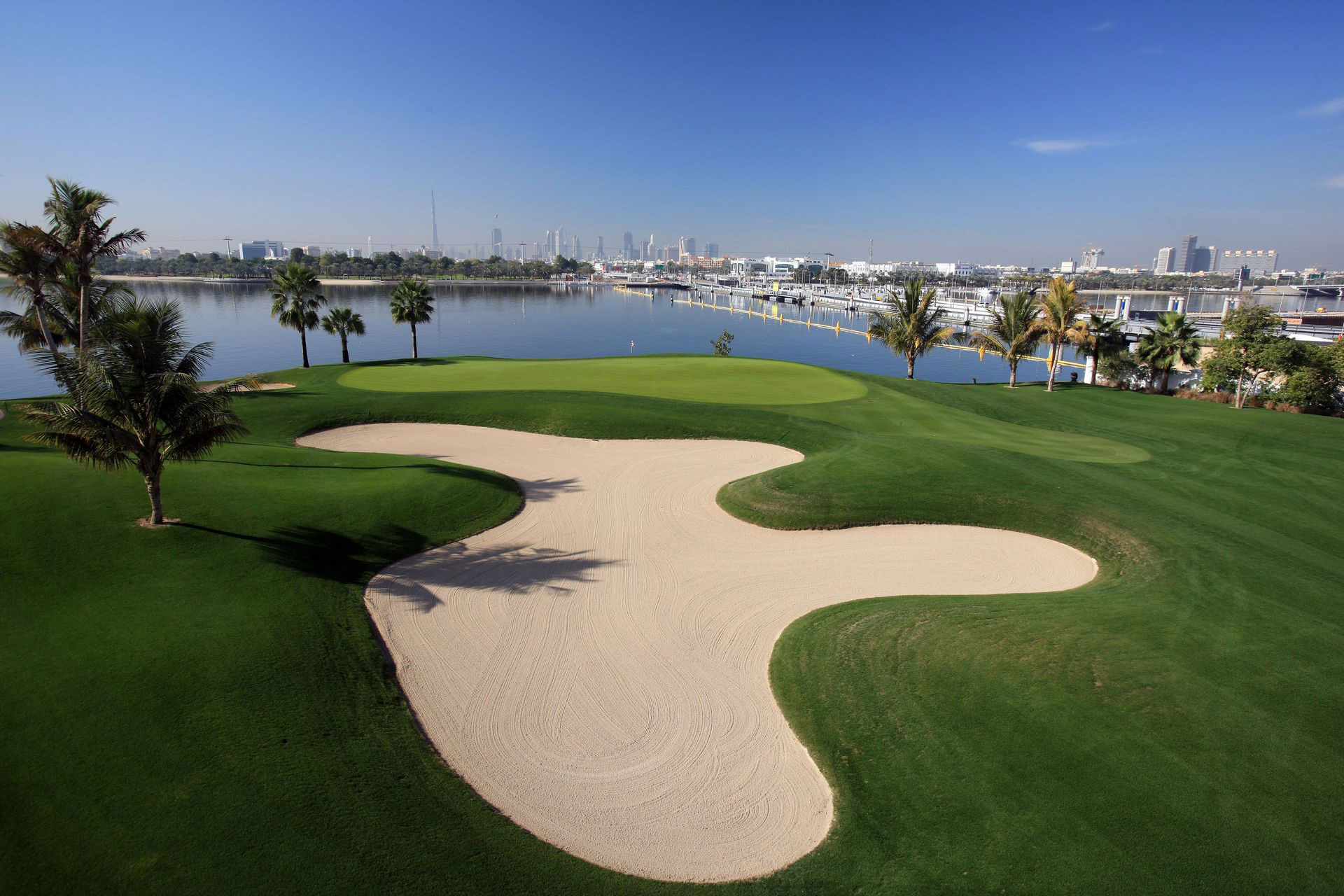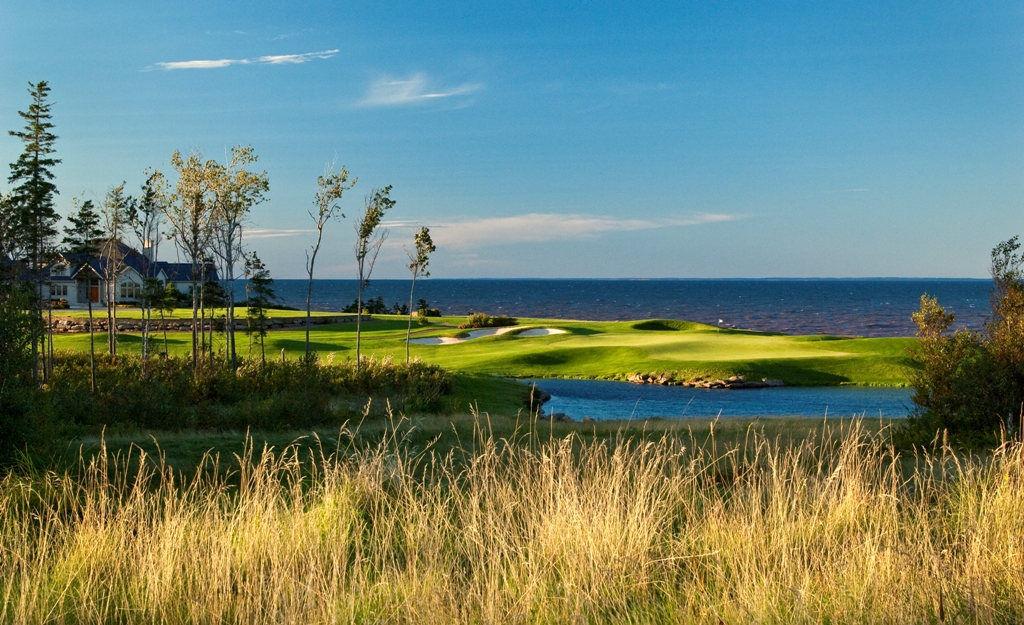The Future of Green Golf Courses
Teed off.
“There was a time when, if you wanted a green golf course, you just dumped millions of gallons of water on it,” says Matthew Perry as he sticks some kind of electronic device into the ground to measure its salinity. “That’s still what a more traditional golf course might do. But for others, there has been a complete turnaround.”
Perry has extra reason to think progressively. He’s the golf course superintendent at the Dubai Creek Golf & Yacht Club, where players tee off in some of the hottest, driest weather on the planet—more than 45ºC in high summer. The course has employed various water-saving methods, such as using efficient appliances and daily monitoring for leaks, but regardless of the climate, players still expect their courses to be unnaturally verdant.
Golf has had an image problem for decades. Not only has golf course upkeep typically consumed vast amounts of water—U.S. courses soak up 1.8 trillion litres of water a year—but it also uses pesticides to hamper inconvenient growth, with runoff into nearby waterways. Giving land over to golf courses causes loss of biodiversity, critics claim, but times are changing for a number of reasons: harsh chemicals are harder to come by these days, less watering improves the playing surface, and environmentalists are being heard.
Can golfers be convinced that a less manicured look for their course is aesthetically pleasing?
More, if far from all, courses are now inclined toward green thinking. New moves include storing winter rainwater for use in the summer, building sophisticated irrigation systems, using organic fertilizers and native grasses, and using genetically modified grasses that stay greener, grow more slowly, and are more tolerant to sunlight. Nike has even developed biodegradable tees. Other practices can actually make a golf course a boon to local wildlife, especially in built-up areas.
“Interest in environmental practice seems to be wherever there is the most climatic pressure,” says Jonathan Smith, founder and executive director of the GEO Foundation, one of the leading organizations conducting ecocertification of courses around the world. (Currently, 16 courses in Canada are on their way to being certified.) “We can expect a greater use of technology to allow the phasing out of unsustainable practice altogether. That said, a lot of golf courses still don’t report on their environmental standards at all.”
Putting such standards in place can save money if the process is well managed, Smith claims. But part of the fear clubs still have about investing in environmental thinking comes from the assumption that those costs will have to be passed on to the membership. So, at the heart of the matter is whether golfers care enough. Can they be convinced that a less manicured look for their course is aesthetically pleasing?
Perhaps the golf industry will be forced to adopt certain standards—effectively, a licence to operate—much as global fisheries and forest industries. “We still get complaints that the greens aren’t looking good enough,” says Perry at Dubai Creek Golf & Yacht Club. “Some people just want very green grass with neat stripes everywhere—even in a desert.”
_________
Never miss a story. Sign up for NUVO’s weekly newsletter, here.








